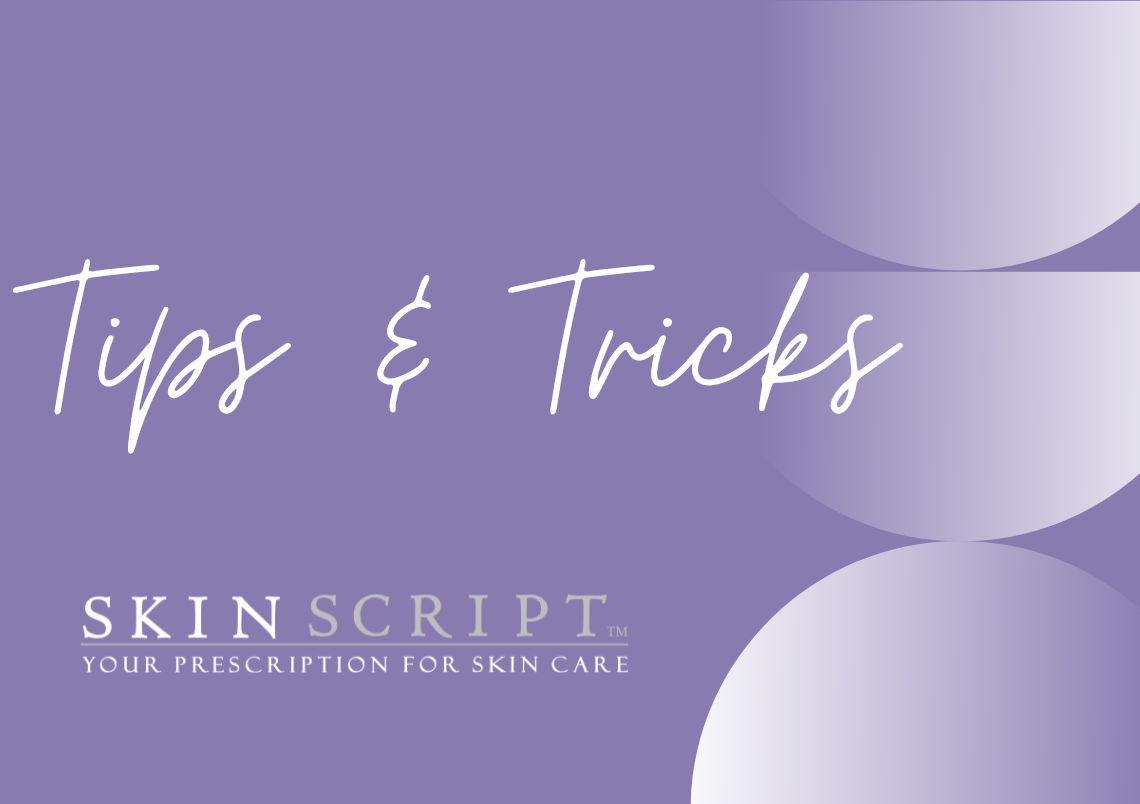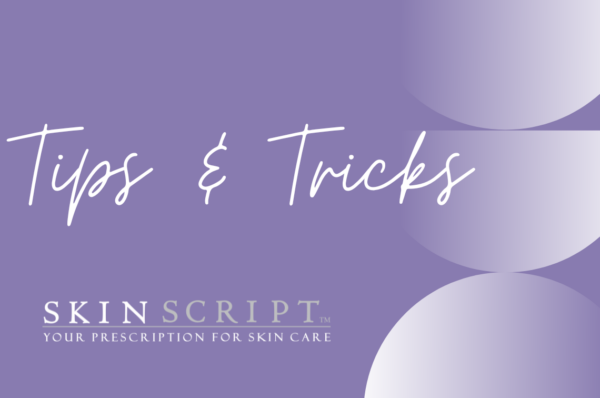Tina Buckley, our Arizona Educator, provides guidance on a recurring question Aesti’s get asked.
“How can I tell if my client is having a reaction, if the skin is over exfoliated, or if it is an impaired barrier?”
Tina… what say you?
This is a difficult one because a reaction isn’t necessarily a negative thing and needs more context. Join me on this journey into my brain…lol. Deep Breath.
First, we must define the “reaction.” Is it a breakout (pimples), redness, swelling, itching (allergy), blanching, sensation/feeling (sensitivity or tolerance)? A client can experience all of those all at once or just one before, during or after the service. Each reaction has a different reason and could be out of our control.
We must reflect on the client intake form and skin analysis. This includes the client’s health/treatment history, the client’s current skincare routine, client concern and treatment performed. Look at the skin before enzyme or peel. This will allow you to discover what is going on with the client’s skin before, and after, the treatment to provide a supportive service.
Over exfoliated skin is going to be compromised and possibly include impaired barrier function.
Clients with over exfoliated skin and/or impaired barrier will be hypersensitive and flush easily. This could be a result of prescription topicals, too many acids and or scrubs and dehydration due to medications and/or lifestyle. The skin can appear shiny, tight-looking, crepe like texture (peeling, flaky) with pinkness and/or redness upon touch.
Clients with an allergic reaction might have edema (swelling), itchy bumps (histamine reaction) and possible anaphylaxis. Pimples (pustules) are common post facial treatment and aren’t necessarily a result of an allergy.
In summary, redness, pinkness, and sensation are all totally normal reactions! As the factors and products vary, stay in tune with your client’s comfort. More importantly, as the professional, only provide what you are comfortable and experienced in.




